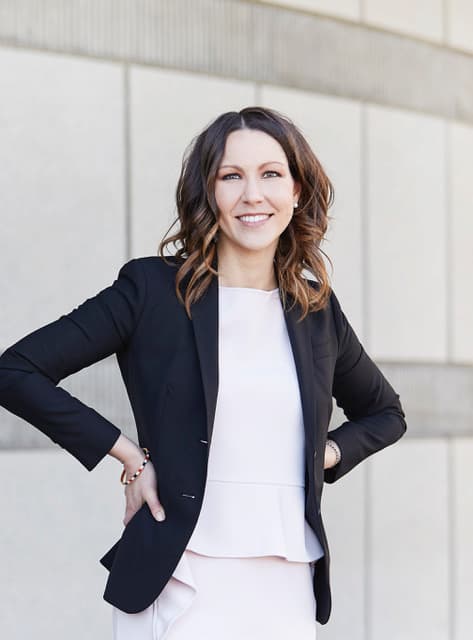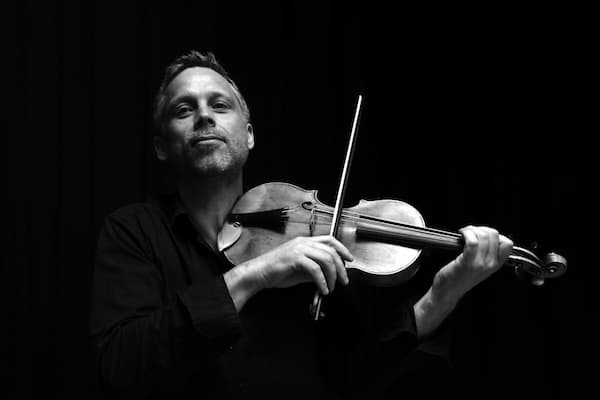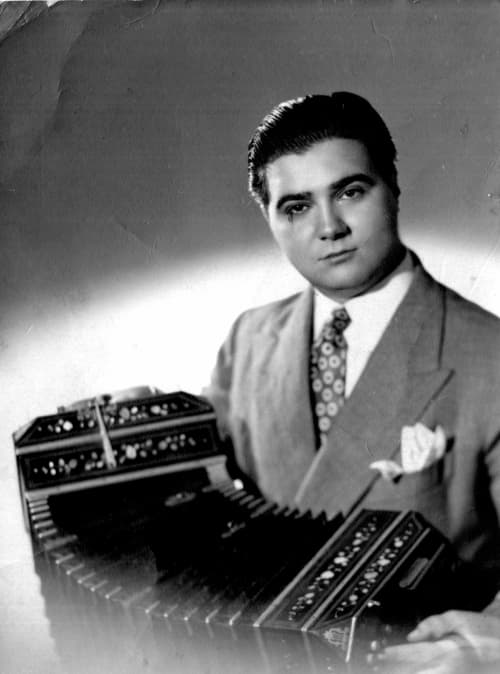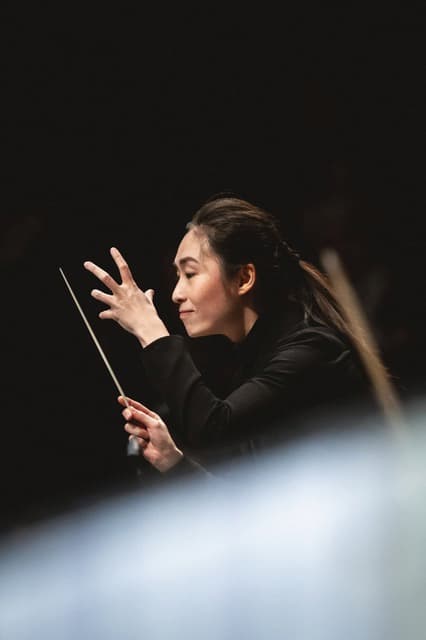Aubrey Bergauer is the Chief Executive Officer of Changing the Narrative. Prior to that, she served as the executive director of California Symphony. During the five years, she helped the symphony increase its audiences by nearly 100% and quadruple the size of its donor base. In this interview, Bergauer shares her experience working for different organizations and her new book, Run It Like a Business.
Can you briefly introduce yourself to our readers? What is your music background?

Aubrey Bergauer © The Morrisons
I started as a musician, playing the tuba of all instruments (I don’t look like a tuba player, but I loved breaking the stereotype and beating all the boys). I was like a lot of serious orchestra kids — played at school, played in my hometown youth orchestra, won the concerto competition. However, my interest expanded beyond performing to understanding the broader ecosystem of classical music, including its administration and audience engagement. During my sophomore year of high school, the youth orchestra went through an executive director change, and seeing that happen made the lightbulb go off: “I can have a career deeply devoted to classical music and be on the business side of it all—that’s what I want to do.”
I went on to pursue college degrees from Rice University in Music Performance as well as Managerial Studies (their equivalent of Business at the time).
Over the years, I’ve had the privilege of working with several prominent orchestras and arts organizations, including the Seattle Symphony, the Seattle Opera, Bumbershoot Music & Arts Festival, California Symphony, and San Francisco Conservatory of Music. In all those roles, I implemented new strategies to build audiences and donors in new and exciting ways, bucking the trends we often see in the arts.
I’m passionate about breaking down barriers and making this incredible art form more accessible and relevant to today’s audiences.
Cirque du Symphonie
During your five years working for the California Symphony, you helped increase its audiences by nearly 100% and quadruple the size of its donor base, paid off longstanding debt, and established an endowment of one million dollars. When you began working for California Symphony, how did you find out the problems?
A lot came before and after that work at the California Symphony. It was one step along the journey, and collectively, all my experiences before and after that time are bringing us to the conversation we’re having today.
When I first joined the California Symphony, it was clear that the organization faced a number of challenges that needed to be addressed—but they weren’t new problems; they were the kinds of challenges I had seen (that so many of us have seen) and been working to address for years in classical music.
Audience Engagement: One of the most pressing issues was declining audience attendance. It was evident that the Symphony was struggling to connect with a broader and more diverse audience. This became apparent through the declining ticket sales and a lack of engagement from younger demographics.
Financial Stability: The organization was burdened by longstanding debt, which was limiting its ability to invest in artistic initiatives and overall sustainability. The financial challenges were evident through budget deficits and a limited donor base. It was crucial to tackle this issue head-on to secure the Symphony’s long-term future.
Donor Development: The Symphony also faced a challenge in terms of donor engagement and fundraising. We had a relatively small donor base, and the organization relied heavily on a few key contributors. This posed a significant risk in terms of financial stability, as we needed to diversify our funding sources and cultivate relationships with new donors and philanthropic partners.
Artistic Programming: The Symphony’s programming had become somewhat predictable and was not attracting a wide range of music enthusiasts. One year before I was brought on, the organization also brought on a new Music Director. It was clear that together we needed to innovate and introduce fresh, exciting repertoire while also preserving the classical tradition that our core audience cherished—and work to make it all accessible and welcoming to the audience.
Early on we embarked on some focus group research, which helped me understand just how offputting, alienating, and confusing the art form was and is to new audiences. We started chipping away at solutions to address that, in addition to a laser focus on retention of our ticket buyers, subscribers, and donors.
Lou Harrison: Symphony No. 4, “Last Symphony” – II. Stampede – Poco presto (Al Jarreau, vocals; California Symphony; Barry Jekowsky, cond.)
What are the general problems in the classical music industry, in your opinion?

© Carlin Ma
Audience Experience: Classical music has often struggled to engage younger and more diverse audiences. Finding ways to bridge educational gaps to make classical music more accessible and welcoming is a fundamental challenge.
Patron retention: we say an industry that needs new audiences, but actually, thousands of new people are giving classical music a try each year—we see that in the data. In fact, new data just released from the League of American Orchestras shows that new audience members now account for 62% of orchestra ticket buyers (source). New people are coming, we are just collectively failing to retain them, which has been a major focus of my work.
Financial Sustainability: Many classical music organizations face financial constraints, including declining government support, rising production costs, and competition for philanthropic dollars. We are an incredibly labor-intensive industry, and it gets more expensive to do what we do every year.
Inclusivity and Diversity: The classical music industry has historically lacked diversity both on and off the stage. There’s a growing recognition of the need to be more inclusive, fostering diversity and representation among musicians, composers, administrators, board members, and audiences. Addressing these disparities is essential for the industry’s long-term health.
Technological Adaptation: The digital age has transformed how people consume and engage with music. Classical music organizations must adapt to these changes, from offering digital content and streaming services to using technology for audience engagement.
Equitable Hiring Practices: Artists and administrators alike often face challenges related to biased hiring, fair compensation, and workplace culture. Addressing these issues and developing healthy workplaces will directly affect our bottom line for the better.
Leadership and Innovation: Developing visionary leadership and fostering a culture of innovation within classical music institutions is crucial for adapting to the evolving landscape.
John Cage/Lou Harrison: Double Music (California Symphony; Barry Jekowsky, cond.)
Your new book, Run It Like a Business, is coming next year. Can you give us a preview of what it is about? Is it only written for musicians?

Run It Like a Business is a reflection of this entire experience – not only my personal journey among all those various organizations but what every arts organization is going through right now.
Most of the success I’ve seen in my work comes from strategies I’ve adopted from the business world, things like customer engagement, the user experience, company culture, the subscription economy, technology and media, new revenue streams, and brand relevance.
In classical music, we have the foundational asset any thriving brand needs: a fantastic product. That’s because for hundreds of years, we’ve worked hard to optimize the product. This book is about optimizing the business around that product, showing how to run a successful art business in the post-pandemic era, adapting for-profit methods for not-for-profit goals—while always putting the art first.
Just because arts organizations are non-profits doesn’t mean they shouldn’t make money; it means the money we make goes back to fund the mission—whether that’s music, visual arts, theatre, dance, or one of many other mediums that enrich our lives.
While my experiences primarily come from the classical music world, the principles and strategies discussed in Run It Like a Business are universal and can be applied to a wide range of nonprofit and arts organizations, as well as to anyone interested in leadership and management. Whether you’re a musician, arts administrator, nonprofit leader, board member, or simply someone interested in the intersection of art and business — it takes all of us to forge a sustainable path for our institutions — this book offers practical insights and actionable advice to help navigate the challenges and opportunities of the post-pandemic arts landscape.
Here are more details about Aubrey Bergauer’s new book.
For more of the best in classical music, sign up for our E-Newsletter




